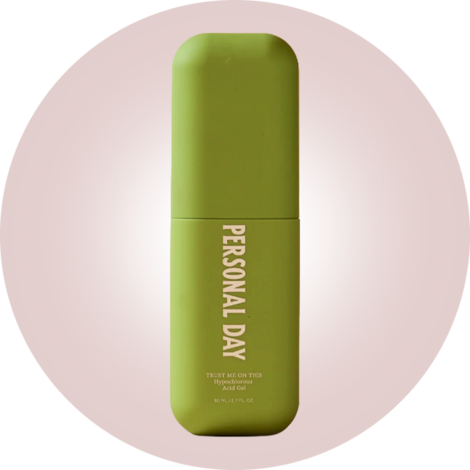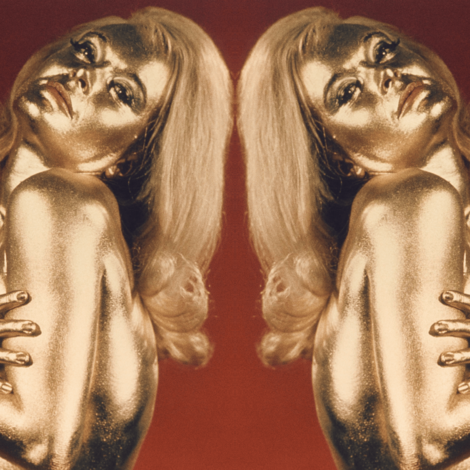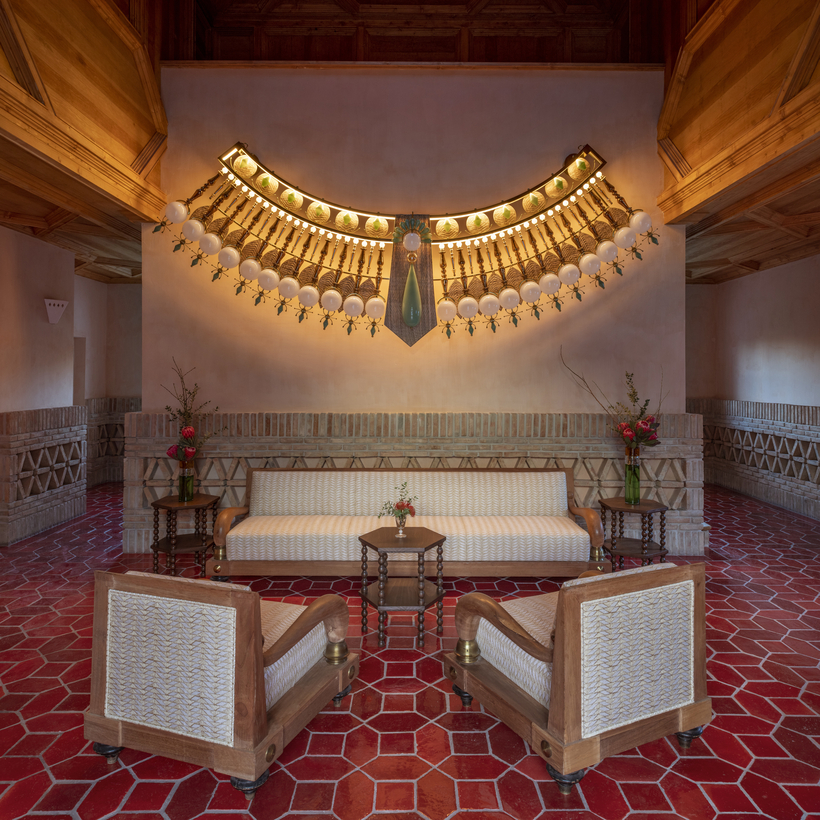Nowhere does blue and white quite like Portugal. In the North, ancient, hand-painted blue-and-white tiles clad palatial granite façades. In Lisbon, they decorate church interiors and corner cafés.
In the rural Alentejo region, which occupies the southern third of the country, blue and white is an immersive affair. As if inspired by its dazzling coastline, even the villages scattered across the plains come whitewashed; each house is finished with blue trim. To ward off the devil, the locals say.

Into this palette, in the tiny, unassuming village of Melides, a disruptor has arrived, and one that represents a vibrant shade of red—in Portuguese, “vermelho.”
Vermelho is also the name of the first hotel from shoe designer and beauty maverick Christian Louboutin. Unlike his spike heels and matte nail lacquer, this beautiful, 13-room guesthouse does not immediately reveal its hand. Built from the ground up by architect Madalena Caiado, it has a minimalist white exterior, flanked by salmon-colored marble columns. It is trimmed with duck-egg blue, and its terra-cotta roof is topped by a shrunken version of the region’s typically wide chimneys, which were once used to smoke hams.
Vermelho sits within earshot of the bells of São Pedro, the village’s 18th-century church. At its entrance—a heavy wooden door, framed and embellished by Baroque ceramic works from Italian sculptor Giuseppe Ducrot—it becomes obvious that Vermelho does indeed have a different attitude.

Inside, floral arrangements comprise red rambutans, scarlet protea, vermilion gladioli. Claret doorways open out onto cherry-red tiled floors. But traditional Portuguese motifs exist, too. There are the classic black-and-white calçadas (cobblestones), a blue-and-white wall panel of 18th-century azulejos (tin-glazed tiles), and coffered wooden ceilings.
Vermelho’s bedrooms are all designed differently, but they are all equally enchanting. There are red-lacquered headboards, and flashy coat hangers covered in red leather, but they sit within an artisanal patchwork of parquet flooring, tiled walls, and white Frette bedding. One of the bathtubs is even located outdoors, on covered terraces whose columns suspiciously resemble the same design as Louboutin’s vertiginous heels.

Each bedroom looks onto a courtyard garden, whose small swimming pool is surrounded by ornate fountains designed by Ducrot. On the ground floor, past the bar, which is framed by hammered silver leaf from Seville, lies the restaurant Xtian, a play on Louboutin’s first name. But the menu does not skew French—it focuses on local dishes, such as duck with rice.
At breakfast, however, a basket of croissants and madeleines is more than welcome. It comes with a bowl of berry jam, in yet another shade of vermelho.
Mary Lussiana is a Lisbon-based writer who frequently contributes to Condé Nast Traveller, House & Garden, and The Times of London
Room rates at Vermelho start at $315 per night, including breakfast. The hotel opens in late March





